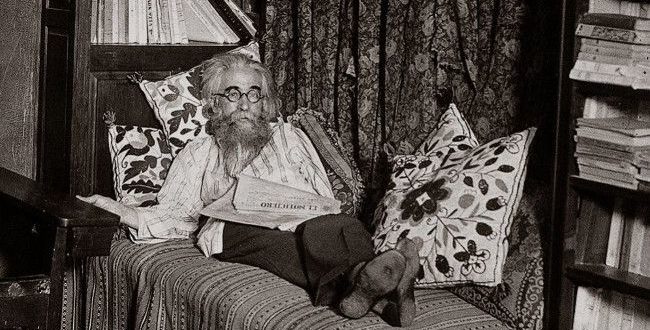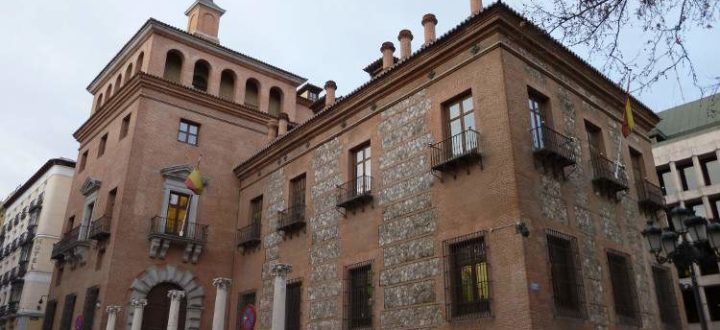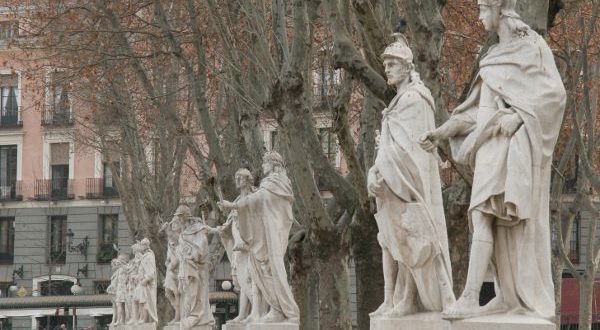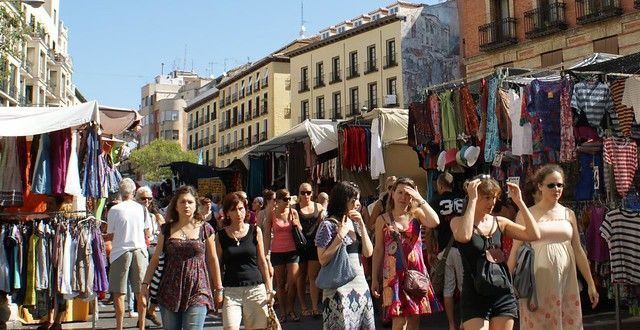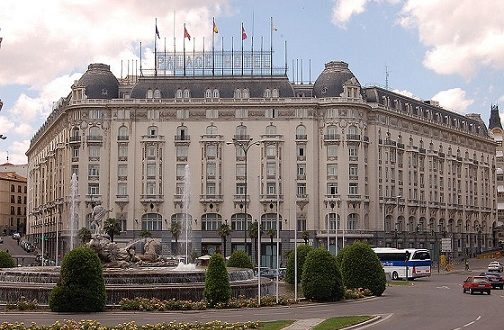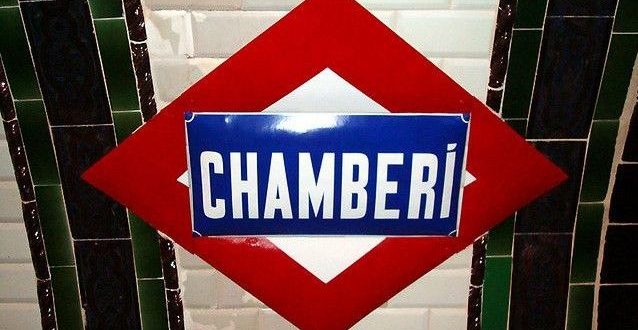
Not all the jewels of Peñíscola are in the tourist center area. The Parque del Capricho is one of those unknown gems and it definetely deserves attention. Located in the Alameda de Osuna neighborhood (metro line 5) and 14-hectare big Parque del Capricho dates from 1787. The Duchess of Osuna, María Josefa Pimentel, one of… Continue reading “El Parque del Capricho – A dream Garden”
